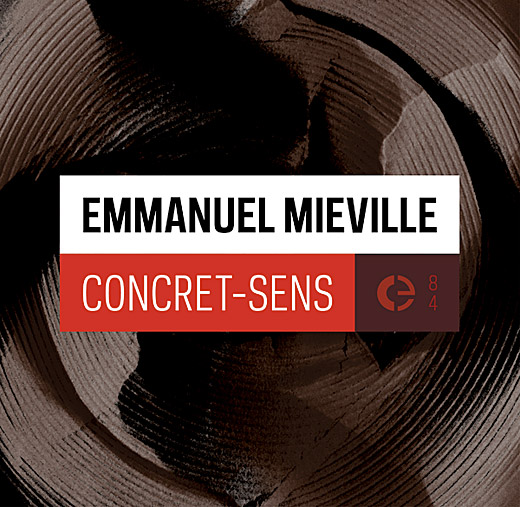
Crónica is very proud to present a new release from French composer Emmanuel Mieville, the wonderful “Concret-Sensâ€.
- Cillages (13:48)
- Locus Sonus (10:20)
- Solis Ortus (12:22)
The title of this release refers to a French adjective — concrescence — used by composer François Bayle to describe and underline in his music, the concrete substance of sounds, the quality of an object or sound to evoque the down to earth quality of its aural image (or its ruggedness, its wabi-sabi). It also plays on the specific meaning of sens, meaning direction. The direction towards concrete.
This was Emmanuel Mieville’s framework while composing these pieces, close to the essence of musique concrète, as defined by Pierre Schaeffer. He gathered found sounds and recordings, freely associating materials and sounds in a narrative approach, without transforming their intrinsic concrescence. Some elements were taken from radio archives, others were recorded but weren’t used in the final mixes, but still managed, however, to resonate throughout the pieces, such as the woman humming a melody and making coffee that was recorded for Locus Sonus.
Cillages uses recordings of neon lights and hums from electrical outlets. No other electronic devices were used.
Locus Sonus uses tape and field recordings as the main sources, accompanied by excerpts of radio documentaries and, in a sense, also working as a nod to Mieville’s approach to electroacoustic composition, learned first and foremost by listening to creative radio programs and live concerts. The magnetic presence of the tape is haunted by memories of sound, by anecdotes and personal historical elements.
The third and final piece, Solis Ortus, uses field recordings manipulated through granular synthesis, with dynamic and spatial treatments to create bursts of sound and semi-random movements in the stereo field.
“Concret-Sens†is now available through Crónica’s bandcamp page, Boomkat or iTunes.







